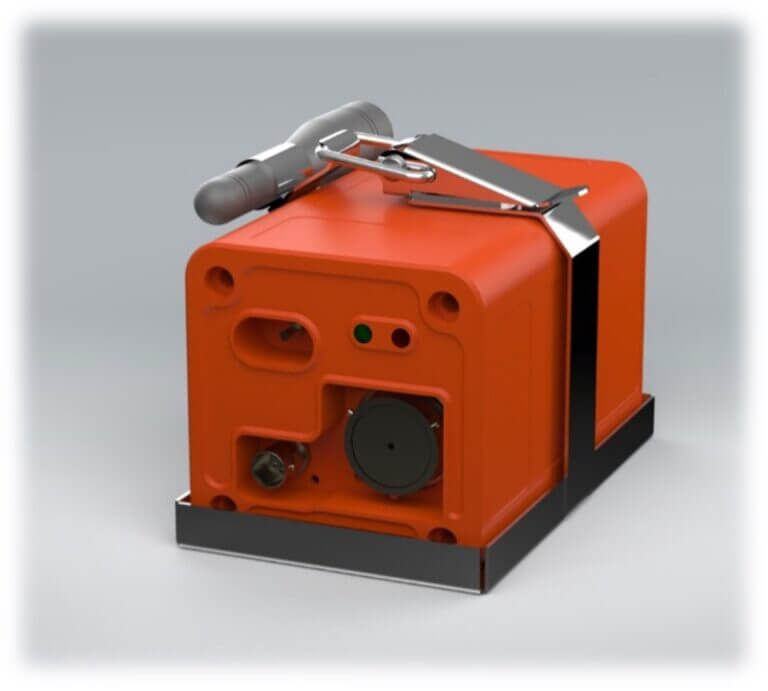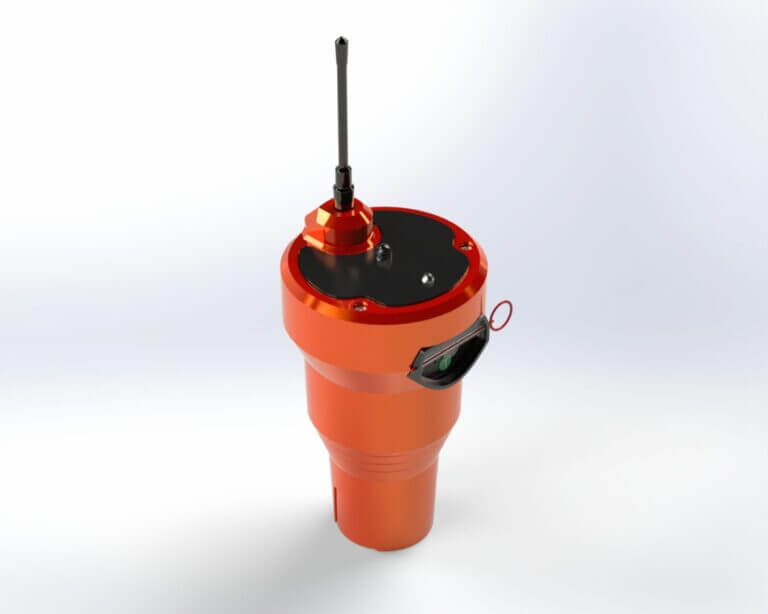Emergency Position Indicating Radio Beacon (EPIRB) is a device that alerts search and rescue services in the event of an emergency at sea. When activated, EPIRB sends a distress signal directly to satellites, which consists of an encrypted identification number that includes information about the vessel’s identity, the date and time of the event, the nature of the emergency, and the contact information for the people involved. EPIRB begins transmitting its location via satellite on the 121.5 or 406 MHz frequencies when activated. The signal received by the satellite is then transmitted to ground stations and from there to ships and aircraft. The EPIRB can accurately indicate its location for up to 48 hours by continuously sending a signal.
EPIRB has a waterproof construction and is usually produced in bright colors such as orange or yellow for easy visibility. It can be manually activated in an emergency by the user or can activate automatically if it falls into the water.
Installing an EPIRB
EPIRB on a vessel should be placed in a location that is easily accessible and visible in the event of an emergency. It can also be stored in an emergency bag with signal flares, torches, or flashlights and other safety equipment. Storing the EPIRB in an emergency bag can help prevent damage from rough conditions and provide a dry environment for the equipment.
On SOLAS-covered vessels (all cargo ships of 300 GRT and larger, and passenger ships), the EPIRB is required to operate automatically. If a rescue raft is present on the vessel, it is recommended to have an additional EPIRB. The model in the rescue raft should be manually activated to prevent accidental activation due to wet conditions of the equipment inside.
How does EPIRB work?
EPIRB is inside a plastic housing with the sea button/key turned off. The plastic housing contains a spring-loaded system that pushes and releases the device when the cap is pressed. This process is controlled by a device called an HRU (Hydrostatic Release Unit), which automatically releases the EPIRB when it reaches a depth of approximately 4-5 meters. After the EPIRB is released, the HRU activates the EPIRB’s internal battery and the EPIRB starts transmitting the distress signal.
EPIRB Types and Sea Areas
- COSPAS-SARSAT: This system operates on the 406.025 MHz and 121.5 MHz bands and is valid for all marine areas.
- INMARSAT E: Operates on the 1.6 GHz band and is valid for marine areas A1, A2, and A3.
- VHF CH 70: Operates on the 156.525 MHz band and is only valid for marine area A1.
Author: [email protected]








 Mor Teknoloji
Mor Teknoloji






